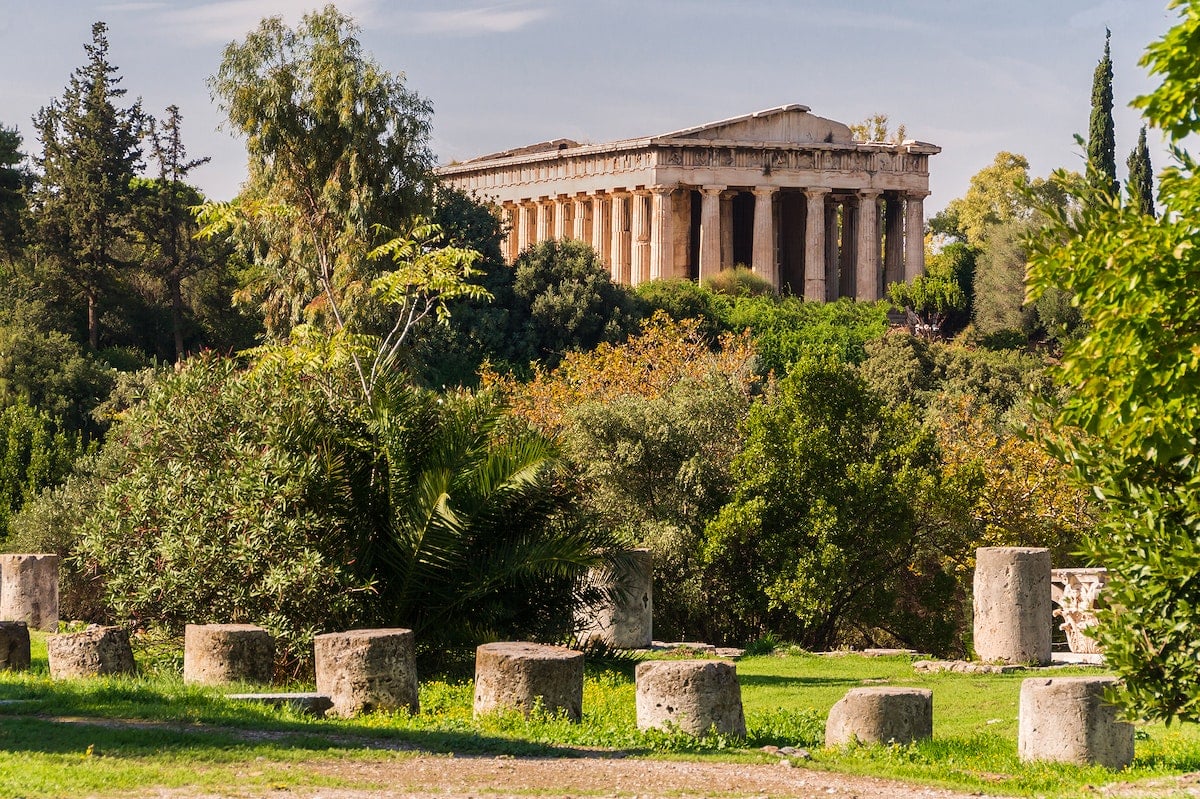
Many of the oldest inhabited cities in Greece are still standing against all odds. They have survived to this day to narrate the history of Ancient Greece and confirm its influence in Western civilization. In these cities, one finds remarkable architecture that is beautiful beyond words.
The 10 oldest inhabited cities in Greece:
No: 10. Thessaloniki: one of the oldest inhabited in Greece
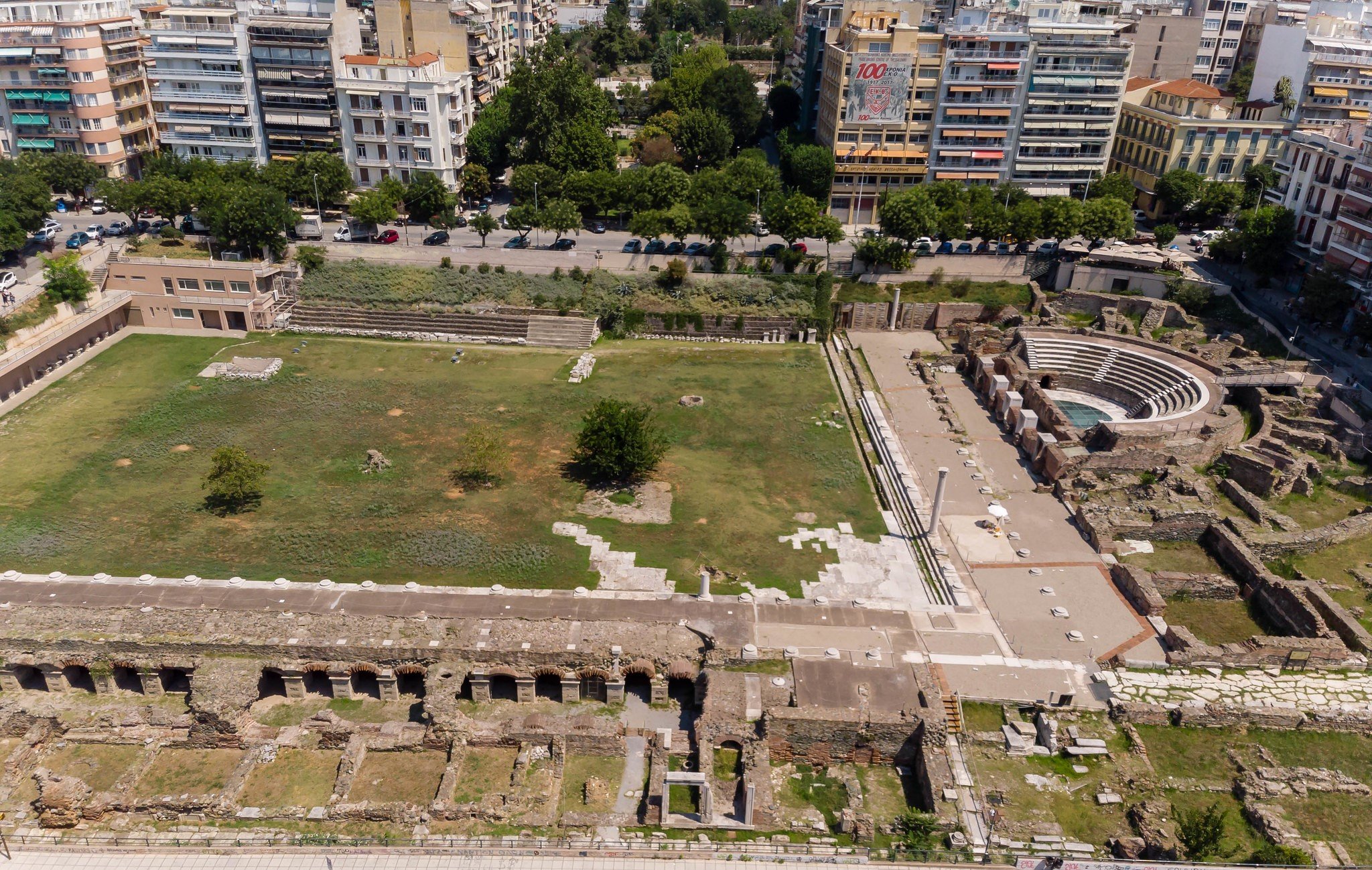
Thessaloniki is the second largest city in Greece. It is on the Thermaic Gulf at the northwestern part of Aegean Sea. There are over one million inhabitants in its metropolitan area. The city has a rich history stretching from antiquity to the modern era.
It was founded in 315 BC by Cassander of Macedon, who named it after his wife Thessalonike, daughter of Philip II of Macedon and sister of Alexander the Great. It was an important metropolis by the Roman period and the second largest, wealthiest city of the Byzantine Empire. During that time, in terms of its wealth and influence, Thessaloniki competed with the great city of Constantinople.
The Ottomans conquered it in 1430. Nevertheless, it remained an important seaport and multi-ethnic metropolis during the almost five centuries of Turkish rule. It became part of the Kingdom of Greece on November 8, 1912.
No 9: Corfu Town: a great 5th century Naval power
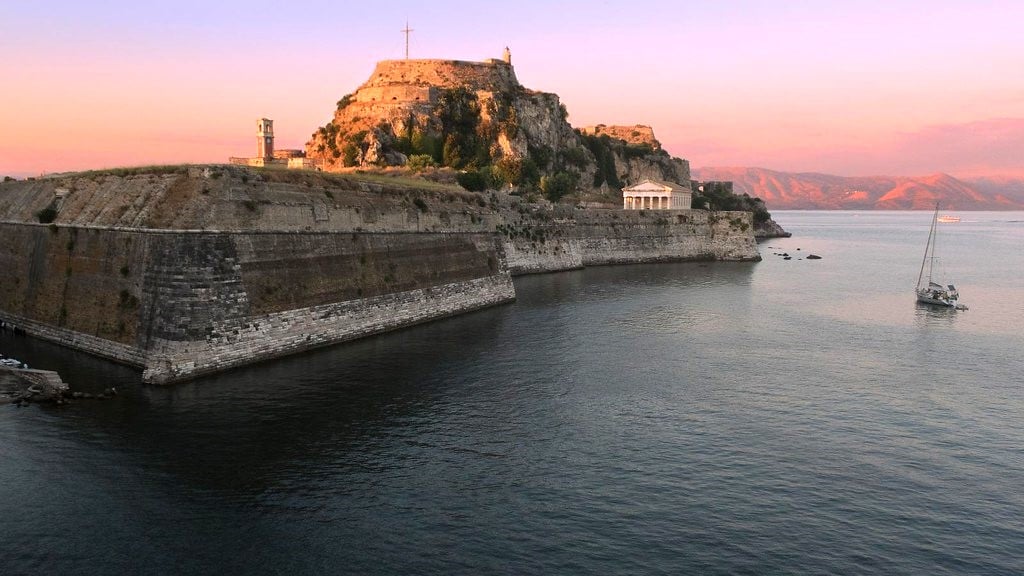
Corfu Town is on the island of Corfu in the Ionian Sea. It is the capital of the municipality and regional unit of Corfu. The township serves as a capital for the region of the Ionian Islands. In 2011, the city numbered around 39,674 residents.
Corfu Town is a major tourist attraction and Greek regional center. It has also played an important role in Greek history since antiquity. Its old town in particular has a rich background of Ancient Greek, Venetian, French, and British conquest.
The ancient city, known as Korkyra, was founded around 700 BC, as a colony of the Ancient Greek city of Corinth, therefore making it another of the oldest inhabited cities in Greece. It took part in the Battle of Sybota, which was a catalyst for the Peloponnesian War. According to Thucydides, it was the largest naval conflict between Greek city-states until that time.
Thucydides reports that Korkyra was one of the three great naval powers of fifth century BC Greece, along with Athens and Corinth. Under the Venetians, who remained on Corfu for nearly four hundred years from 1386 to 1797, Corfu Town was a thriving economic center within the northern Adriatic area.
When the Republic of Venice fell in 1797, France took control. French rule did not last for long, however, as, during the complex events of the Napoleonic Wars, Corfu became capital of the newly instituted State of the Ionian Islands (1799-1807). The island then faced yet another French conquest (1807-1814) before the British subsequently took control of the island. The British ruled Corfu up until 1864 when the island was ceded to the Kingdom of Greece.
No 8: Patras: from the 3rd millennium B.C.
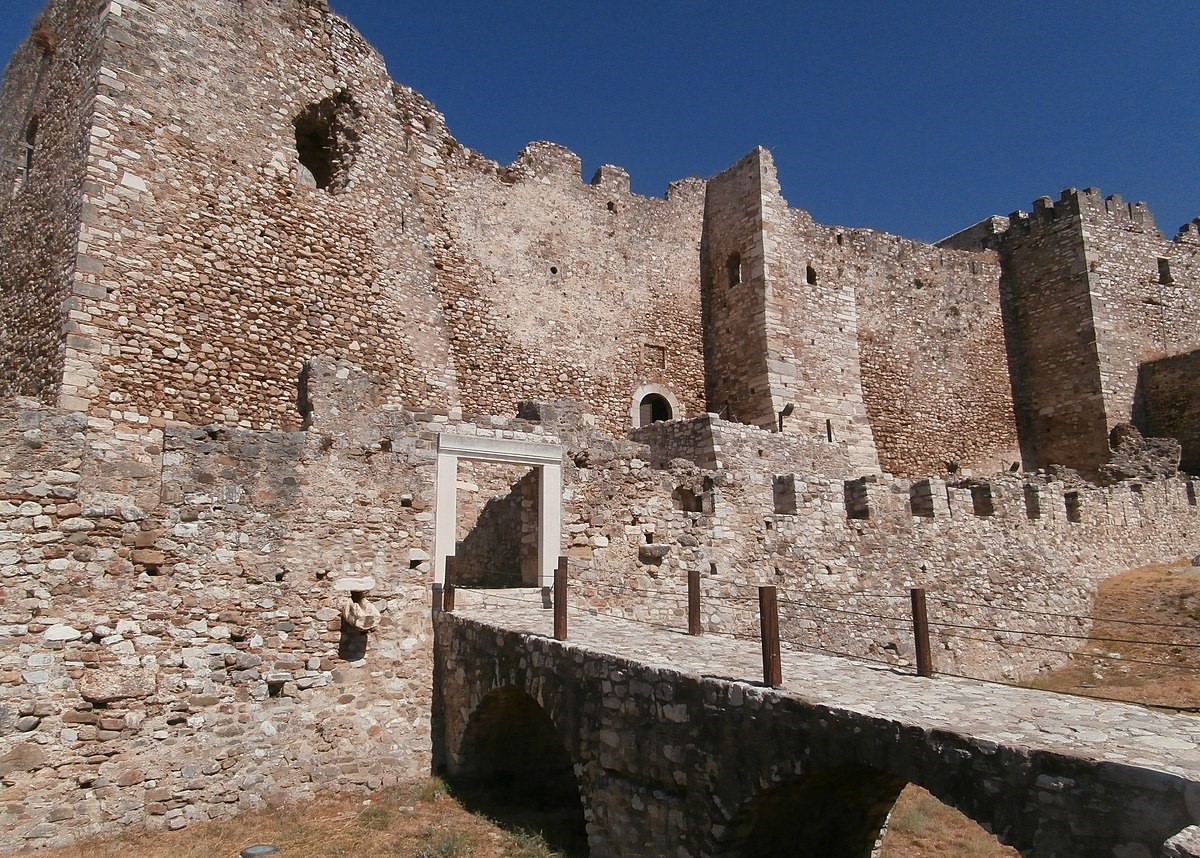
Patras is Greece’s third-largest city and the regional capital of Western Greece in the northern Peloponnese. It is 215 kilometers west of Athens. Today, Patras—apart from being a vibrant student center—is busy due to its port which serves ferries to the Ionian islands and Italy all year long. As of 2011, its population was 167,446.
The first traces of a settlement in Patras date to as early as the third millennium BC in the area of modern Aroi. Ancient Patras was formed by the unification of three villages in modern Aroi, namely ancient Aroe, Antheia, and Mesatis.
According to a version by Greek mythology, after the Dorian invasion, a group of Achaeans from Laconia led by the eponymous Patreus established the colony of Patras. It flourished later on during the post-Helladic, or Mycenean, period (1580–1100 BC).
In antiquity, it remained a farming city. After the Battle of Actium (31 BCE), the Roman emperor Augustus colonized it. As such, it prospered commercially until around the 3rd century CE. In 1205, it became a Frankish barony and the seat of an autonomous Latin archbishop, who later sold it to Venice (1408). This was long contested by Venetians and Turks.
Finally, Patras was the seat of Bishop Germanos, who, in 1821, raised the standard of the Greek War of Independence at Kalávrita. The Turks burned the city (which was not freed until 1828) before retreating, and the current grid plan of Patras dates back to the reconstruction.
No 7: Chalcis: a 3,000-year-old city
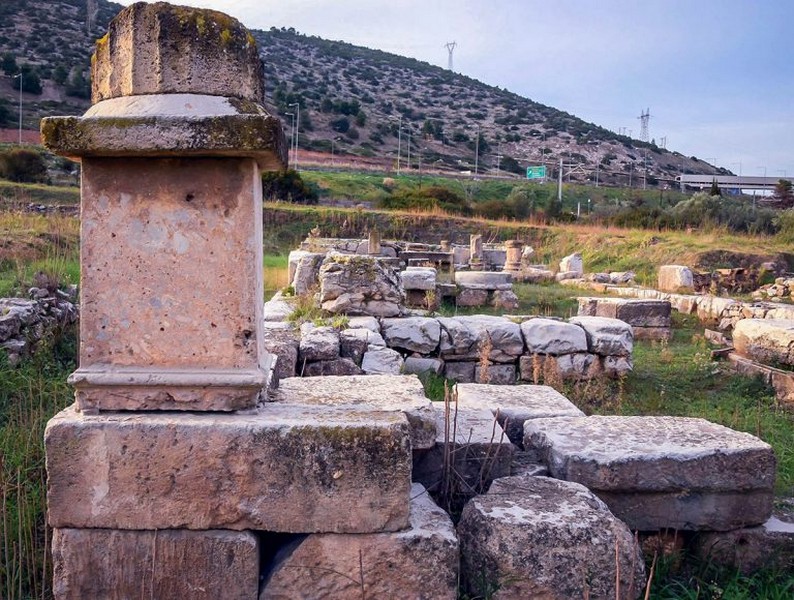
Chalcis, or Chalkida, is the chief town of the island of Euboea—otherwise known as Evia—in Greece. The city has preserved its name, which comes from the Greek word “χαλκός,” meaning “copper,” from antiquity. It numbers around 102,223 residents as of the 2011 census.
Its influence in antiquity was far-reaching, and it had colonies in Sicily and Italy. Much like other areas in Greece, it later fell to a succession of rulers, including the Franks, Venetians, Ottomans, and Germans.
The earliest recorded mention of Chalcis is in the Iliad, where it is mentioned in the same line as its rival Eretria. In ancient times, Chalcis was settled by Ionian Greeks from Attica as an important trade post. It was founded sometime before 1200 BC.
In the Hellenistic period, it gained importance as a fortress by which Macedonian rulers controlled central Greece. It was used by kings Antiochus III of Syria (192 BC) and Mithradates VI of Pontus (88 BC) as a base for invading Greece.
Under Roman rule, Chalcis retained a measure of commercial prosperity within the province of Achaea (the north half of Greece). The Ottomans captured Chalcis in 1470. Yet, the city became part of independent Greece in 1833.
No 6: Trikala: inhabited since prehistoric times
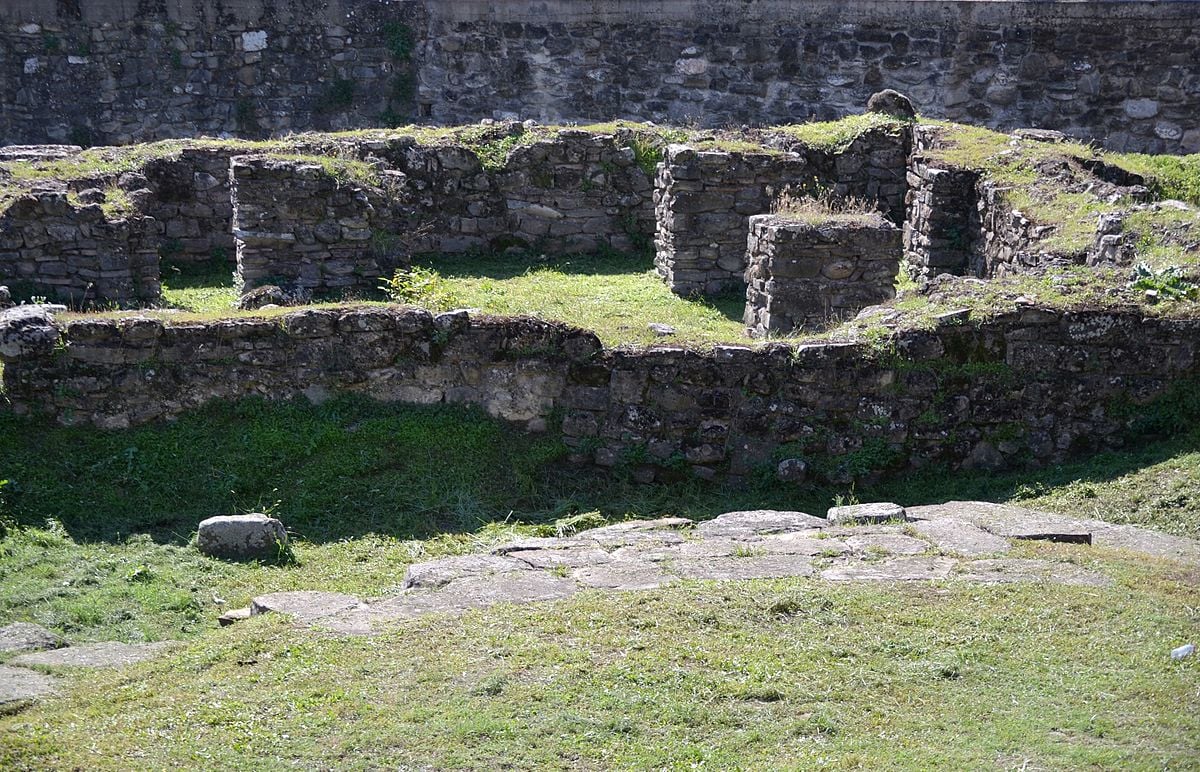
Trikala is a city in northwestern Thessaly. It is the capital of the Trikala regional unit. The city is in central Greece and located around 330 kilometers north of Athens.
The region of Trikala exhibits signs of habitation since prehistoric times. The first indications of permanent settlement were discovered in the cave of Theopetra and date back to approximately 49,000 BC. Neolithic settlements dating back to 6,000 BC have been discovered in Megalo Kefalovriso and other locations.
The city of Trikala is built on the Ancient Greek town of Trikki, which was founded around 3,000 BC. It adopted its name either from the nymph Trikki, daughter of the Pinios River or, according to others, from the mythical hero Asopos. During the prehistoric ages, this town was an important cultural center since it is the birthplace of Asclepius, god of medicine.
Throughout its history, Trikala saw many invaders including the Persians, Goths, Huns, Slavs, Bulgarians, Normans, and Franks. In 1393, it was conquered by the Ottomans, who developed the city into an important center with emphasis on wool weaving and production of leather products.
On August 23, 1881, with the signing of the Treaty of Constantinople, Trikala was reunited with the rest of Greece. Present day Trikala has a population of about sixty-one thousand inhabitants.
No 5: Nafplio: the first capital of the Greek State
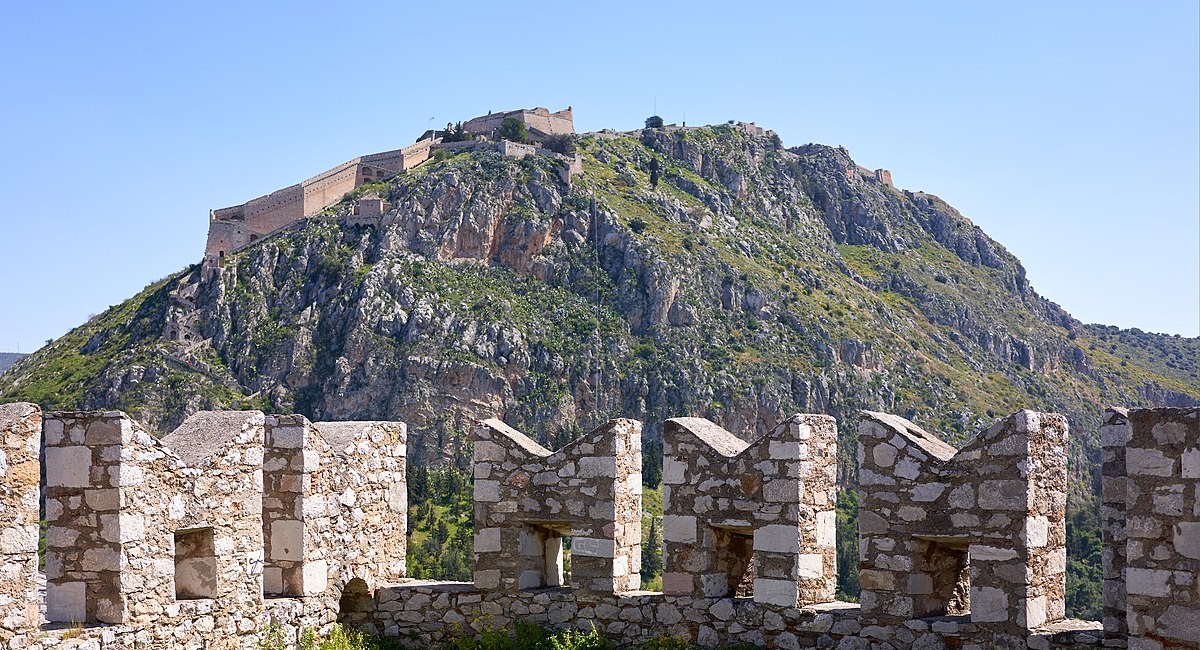
Nafplio (Greek: Ναύπλιο) is a coastal city located in the Peloponnese in Greece. It is the capital of the regional unit of Argolis. According to the 2011 census, the city numbers around 14,203 residents.
The area surrounding Nafplio has been inhabited since ancient times, but there are few signs of this aside from the walls of the Acronauplia that remain visible. According to the ancient geographer Strabo, the ancient city’s walls were built by the massive Cyclops, who came from the region of Lycia in Anatolia.
For a great deal of its ancient history, Nafplio played the role of a port city to the neighboring city of Argos. Popular beliefs claim that the area adopted its name from Nauplius, the son of Poseidon and Queen Amymone. Poseidon was the god of the sea.
Nafplio saw numerous rulers throughout the ages. From the Argives and Romans to the Byzantines and Franks, Venetians, and Turks, Nafplio was always at the center of attention due to its critical location as a port in the Eastern Peloponnese. It became the base for the revolutionary Greek government on January 18, 1823 less than two years after the revolution against Turkish occupation broke out.
Four years later, in 1827, the third National Assembly of Trizina designated the city of Nafplio as ”the Cathedral of the Government,” officially making the ancient port Greece’s first-ever capital city.
No 4: Thebes: a Bronze Age city
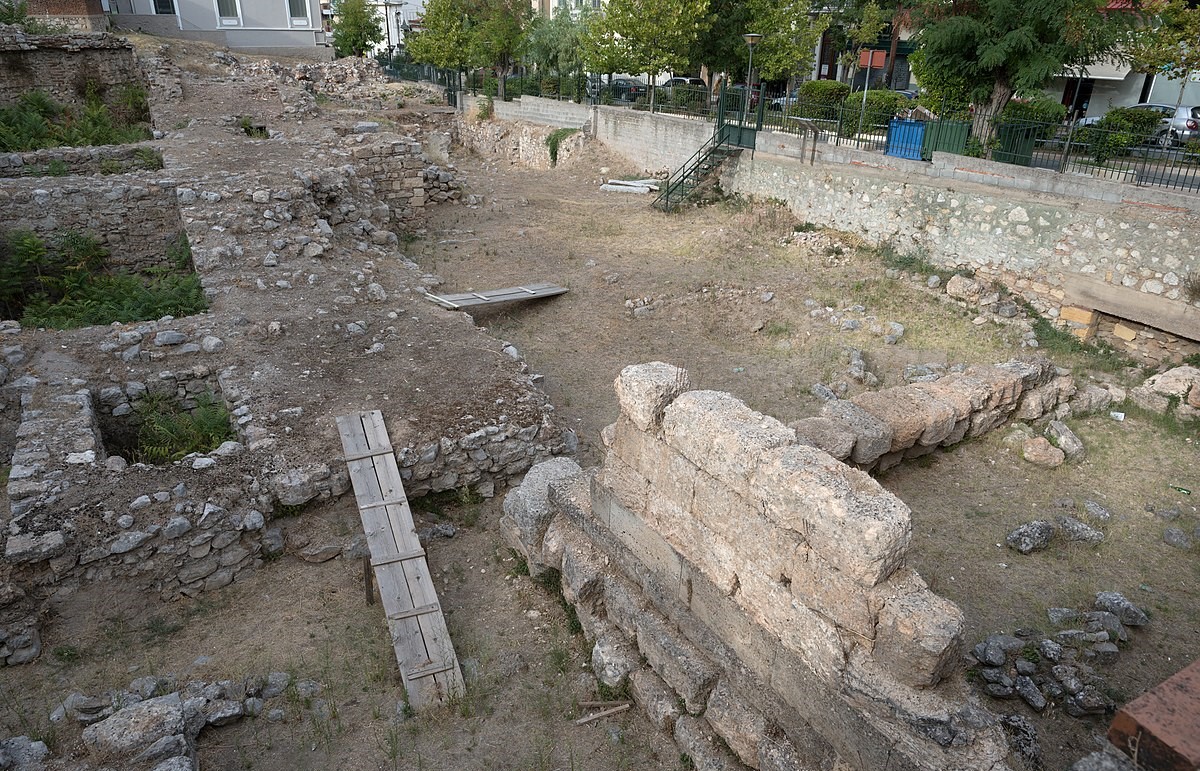
Another of the oldest inhabited cities in Greece is Thebes in Beotia, Central Greece. The city has a history that dates back to the Bronze Age. The ancient Greek township played a crucial role throughout Greek history, appearing in many of the age-old legends of Greek mythology. It was part of the Mycenaean civilization during the Bronze Age.
Thebes was once the setting for the exploits of Cadmus, Oedipus, Dionysus, Heracles, and other figures from Greek mythology. The Greeks attributed its foundation to Cadmus, the Greek king of Phoenician Tyre (now in Lebanon) and the brother of Queen Europa. Cadmus was famous for teaching the alphabet and building Thebes’ Acropolis.
Archaeological digs in Thebes and its vicinity have revealed evidence of a Mycenaean-era settlement, as well as clay tablets with the Linear B script, indicating the importance of the site in the Bronze Age. Prior to its destruction by Alexander the Great in 335 BC, Thebes was such a major force in Greek history that it was the most dominant city-state at the time of the Macedonian conquest.
During the early Byzantine period, Thebes served as a refuge against foreign invaders and as a center of the silk trade. By the middle of the 12th century, the city had become the biggest producer of silk in the entire Byzantine Empire, surpassing even Constantinople.
Notable people who hailed from Thebes in ancient times include: the poet Pindar (c. 518–443 BC), the painters Aristides of Thebes (4th century BC) and Nicomachus of Thebes (4th century BC); and the Cynic philosopher Crates of Thebes (c. 365 – c. 285 BC).
No 3: Chania: an ancient Minoan settlement named Kydonia
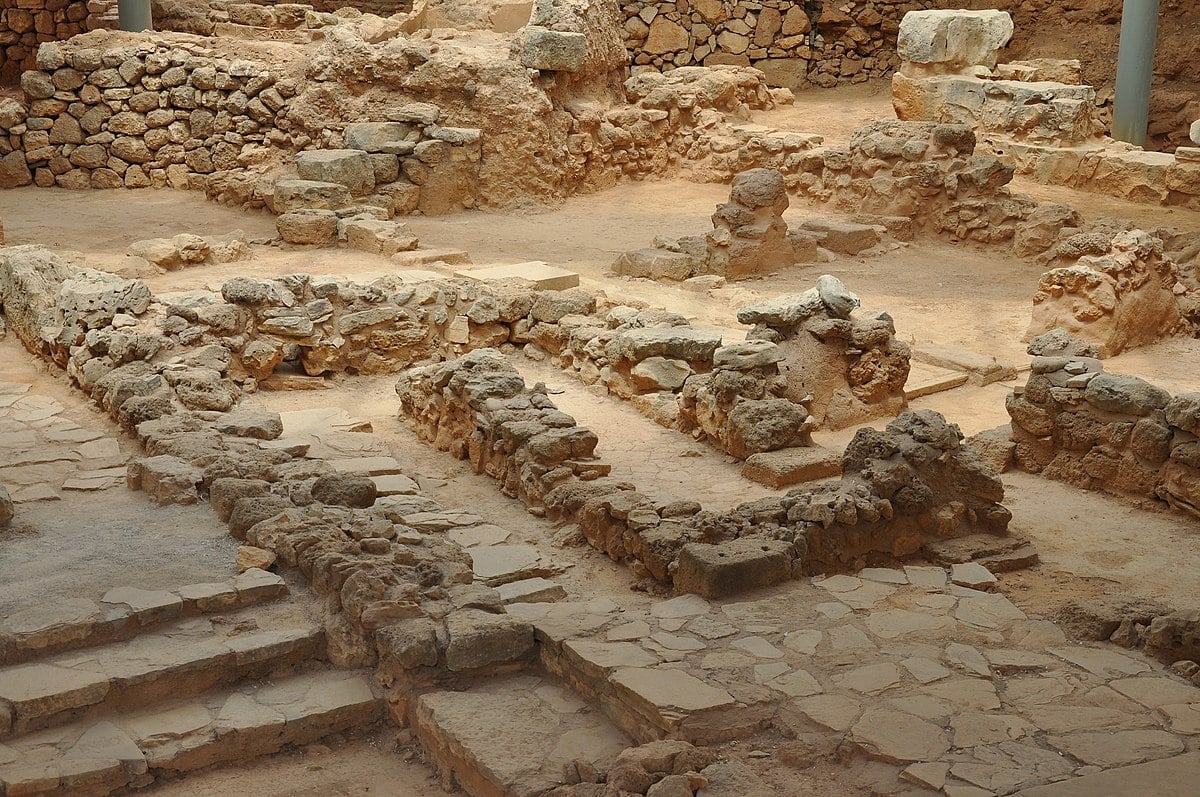
Chania is a city in Greece and the capital of the Chania regional unit. It lies along the northwest coast of the island of Crete about seventy kilometers west of Rethymno and 145 kilometers west of Heraklion. As of 2011, the city numbers 108,642. The town has had signs of habitation since the end of the Stone Age, or the Neolithic period.
It is on the list of the oldest and longest inhabited Greek cities as archaeologists have been able to find evidence of the city’s Minoan history (3500 BC – c. 1100 BC) as well as its more distant past. The modern city lies on the site of the Minoan settlement named Kydonia in Linear B, which acted as a namesake for the quince fruit (Greek: kydoni). Later, in 69 BC, the island was taken over by the Romans, who granted Chania the status of an independent city-state.
The first era of Byzantine rule lasted from 395 AD to 824 AD, and the city was briefly ruled by the Arabs for around a century. They renamed the city “Al Hanim” (meaning “the inn”) before it was retaken by the Byzantine Empire. The Byzantine Empire then reverted back to calling the city by its Greek name, Chania. After the Fourth Crusade (1204) and the fall of Byzantium, Venice ruled over Chania. They renamed the town “La Canea” and strengthened its fortifications.
Finally, the Ottoman Empire defeated the Venetians during the beginning of the Cretan War, taking over Chania. During the 19th and early 20th centuries after the island was liberated from Ottoman occupation, much of the island’s local Muslim population moved to other Mediterranean islands or coastal cities.
No 2: Athens: the birthplace of Western Civilization
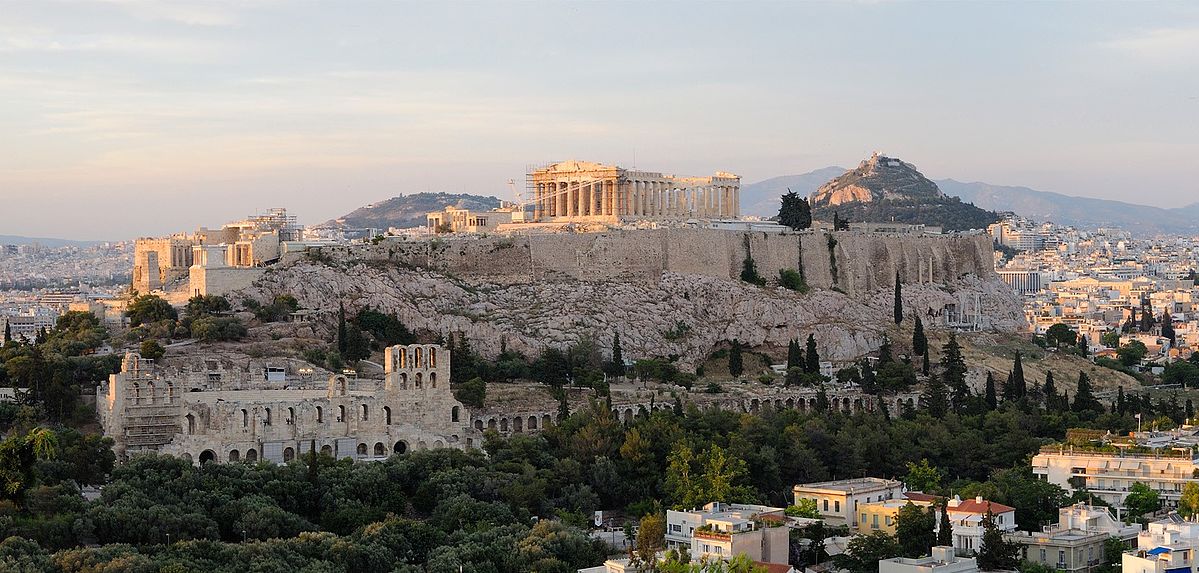
Athens is one of the world’s oldest and longest inhabited cities. Its recorded history spans over 3,400 years. The oldest known human presence in Athens is the Cave of Schist, which scientists have dated to between the 11th and 7th millennia BC. Indeed, people have lived in Athens for at least five thousand years since around 3000 BC.
By 1400 BC, Athens had become an important center of the Mycenaean civilization. The Acropolis was the site of a major Mycenaean fortress, whose remains can be recognized from sections of the characteristic Cyclopean walls.
It is the ancient home of philosophy and the birthplace of Western civilization and democracy. It is also the original home of the most ideal system of government. According to Greek mythology, Athens was once one of the most powerful city-states. As a result, two gods fought to become its patrons—the Goddess of Wisdom, Athena, and Poseidon, the God of the Sea.
At the top of the Acropolis, each God offered the citizens of Athens a gift. Poseidon promised safety at sea while Athena created the first olive tree. The gods proclaimed Athena the winner and thus gave her name to the city of Athens. Some of Athens’ most famous citizens include Socrates, Plato, Solon, and Pericles.
Following the Greek War of Independence and the establishment of the Greek Kingdom, Athens was chosen as the capital of the newly independent Greek state in 1834, largely for historical and sentimental reasons.
No 1: Argos: Europe’s oldest inhabited dwellings
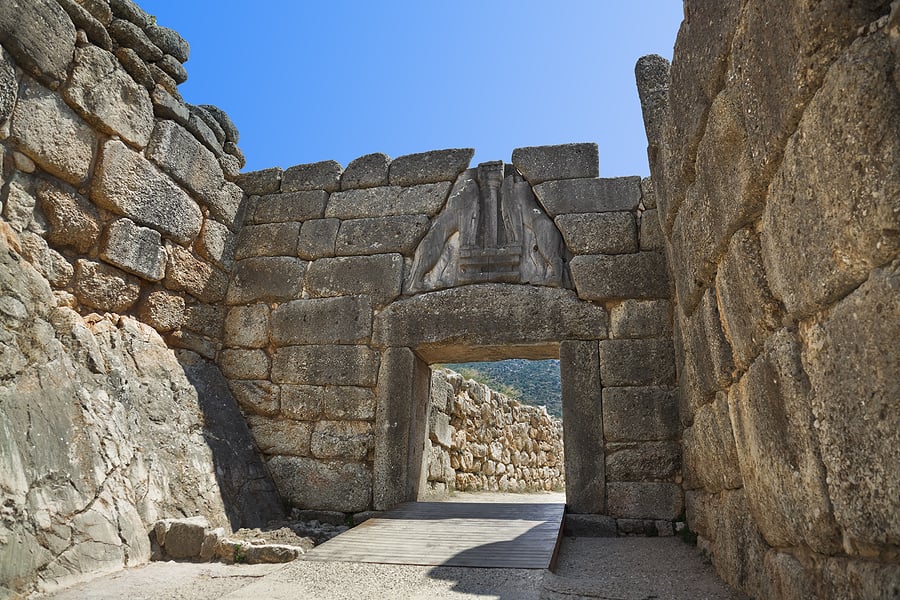
Argos is a city in Argolis in the Peloponnese. It is one of the oldest inhabited cities in the world and the oldest of all in Europe. There is evidence of continuous settlement in the area starting with a village about seven thousand years ago during the late Neolithic period.
The city was created by Phoroneus. Its initial name was Phoronicon Asty, or the city of Phoroneus, in other words. The first king of Argos was Inachos, son of Oceanus and Tethys, who came from Egypt in 1876 BC. He was the leader of a large group of fugitives.
Homer has frequent references in his epics about the Argives. The Iliad-like lost epics named Thebes and Epigones that Homer perhaps wrote mention the glory of ancient Argos. In addition, two of the greatest heroes of Greek mythology, Perseus and Hercules, come from the city.
Argos was always an important center for Greek civilization. This is obvious in its vast theater with a capacity of twenty thousand spectators. It is even more sizeable than the famous Ancient Theatre at the Asclepieion of Epidaurus. The one in Argos was built in the 3rd century BCE and connected to an ancient Agora.
See all the latest news from Greece and the world at Greekreporter.com. Contact our newsroom to report an update or send your story, photos and videos. Follow GR on Google News and subscribe here to our daily email!



